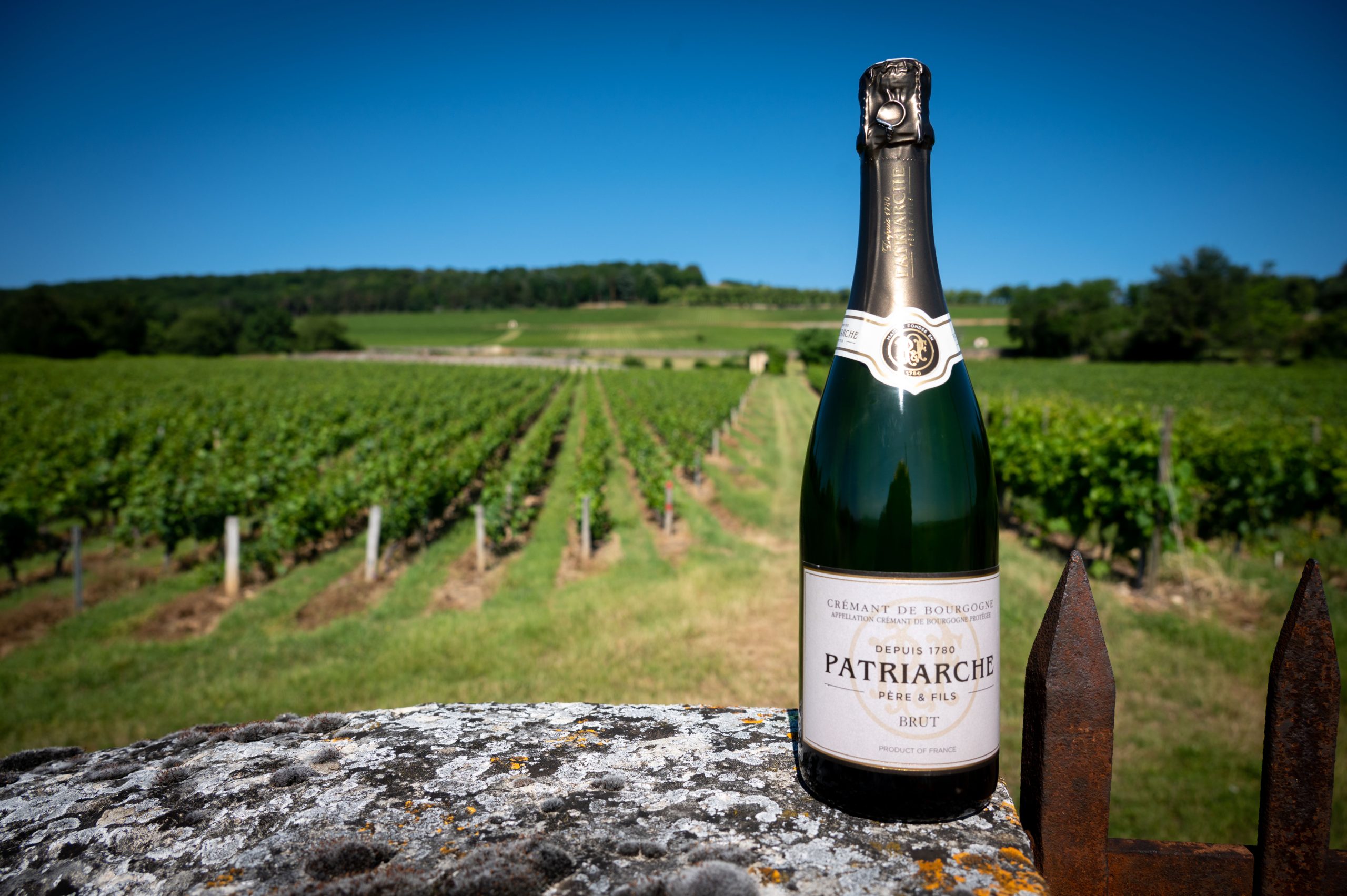Why female beer drinkers are in decline
As the number of female beer drinkers drops, Jessica Mason asks Dea Latis why this has happened — and what the sector can do to turn things around.

Following the findings from the report ‘The Gender Pint Gap: Revisited’, which launched this week and showed that the number of women choosing beer has reduced, the voluntary organisation of women beer professionals, Dea Latis, has identified reasons behind the issues putting women off drinking beer.
Speaking about what is behind the change of heart from female drinkers, report author and beer sommelier Annabel Smith said: “We can’t just attribute this to one factor. Firstly, we would suggest that the more choice there is, and the more diverse the category becomes, the more confusing it is for a non or novice-beer drinker (both men and women) to navigate.”
Big disparity
However Smith also pointed out how “there is a big disparity between the minority beer geeks who know their NEIPAs from their pastry stouts, and the ‘I don’t like beer, but I love lager’ default majority”.
She explained: “They are at opposite ends of the scale and there’s very little in the middle”. Added to this, Smith said that the beer industry also doesn’t support beer’s diversity of flavours and rarely addresses a repertoire of styles to illustrate how there is often something for everyone.
Smith observed how the sector has made “it so hard to understand beer and the wealth of flavours it offers. There’s an assumption that brand owners don’t need to explain the colour, the flavour profile or the style because we should know that, right?”
But, she suggested that the findings from the report show that there is still “a lot of anecdotal evidence that beer was especially confusing for women, and they become risk averse” which means that “if they don’t know what it is, and what it tastes like, they’ll reject it outright” and “this suggests brand owners and retailers need to address a big education piece”.
Dumbing down?
Picking apart the ‘why’, Smith queried: “Why aren’t they doing this? Are they afraid they’ll be accused of dumbing down and lose their core audience of beer nerds?” and identified that Dea Latis addressed this in its manifesto with two key points: ‘Promote Education’ and ‘Encourage Dialogue’”.
Historically, “beer had always had a bad rap with women, many of whom considered it high in calories, bloating, and associated with an unhealthy lifestyle,” said Smith but insisted: “We were fighting these misconceptions way before the health of the nation became an urgent issue and there were multi agency attempts to rectify some of the misguided conceptions about beer”.
Partner Content
But, she said “unfortunately, I think beer became the whipping boy in the total alcohol category”. This was especially “where women were concerned, and they defaulted to other categories and brands which put forward far more positive messaging about ‘safe and healthy’ consumption of alcohol” which “they did in a much more gender-neutral way”.
Stigma
According to the findings from the Dea Latis report, the stigma issue still exists with women drinking – and enjoying – beer and this has led to further roadblocks for the category which is making backwards steps rather than progressive moves forwards when it comes to its representation and perceptions of gender neutrality.
Smith told db: “During the compilation of the report I had conversations about this with a wide range of women. This wasn’t scientific or qualitative research, they were just general chats with women I met socially or strangers I fell into conversation with. Some said they had had beer ‘mansplained’ to them, as though it’s not an educated choice. Others said they felt uncomfortable ordering a beer when with a group of males”.
As such, Dea Latis has asserted one of the manifesto points was ‘lead by example’ and, as Smith deftly described, an evolution in beer representation needs to happen to assist in helping women see themselves as a target audience.
Smith added that, for a long time, “representation within beer [has] needed to change” but added that if the sector could collectively “normalise the idea of women drinking and enjoying beer” then it would help to “remove the stigma”.
2024: The opportunities
Following the report, the opportunities for the sector have been revealed, with a host of areas signposted for better and more thorough understanding on the issues presented.
These are collated below:
- Beer is the third most popular drink for women, behind wine and spirits. There are lessons to be learned about the way the latter two categories are marketed (via on-line and in-venue visibility, gender-neutral advertising), and the way they are served (stylish and premium glassware).
- Low price and discounted products do not drive women to choose beer over other drinks categories. If anything, it works against it. Premium products at a higher price point equate to a quality-assurance and brand loyalty.
- The no and low alcohol category is an opportunity to introduce many women to the different styles and flavours of beer available. Alcoholic strength of beer is not a key influencer for women.
- Women at the mid to older end of the spectrum are not being represented in mainstream advertising – they are invisible. However, they drive 93% of consumer decisions. Positive representation of these women making informed choices about beer would be a great step forward for both the on and off trade.
- Younger women are a key demographic – they believe beer is for everyone, drink beer most often, and are most influenced by recommendations. Retailers should be more proactive in this.
- Lessons can be learned from London where there has been a behaviour shift amongst women’s attitudes towards beer. Creating inclusive spaces, rejecting stereotypical tropes and neutralising the gender of beer have all been positive steps.
- Education is key to attracting women to the category: opportunities to try and have a bit of no pressure fun with beer tasting, being permitted to voice what they do and don’t like without being judged or stereotyped.
- Career opportunities in the beer sector, particularly in brewing, should be more widely publicised and encouraged, through gender neutral recruitment campaigns and apprenticeship schemes.
- Levelling up the gender disparity in brewing and senior managerial roles in the industry is key to how beer is presented, positioned, and promoted going forward.
2024: The Dea Latis Manifesto
The Dea Latis Manifesto sets out a list of suggestions as guidance for how we can help the industry move forwards:
- Challenge stereotypes: Start by challenging stereotypes whenever you encounter them. This could be in casual conversations, social media interactions, or even in media representations.
- Promote education: Educate people about the history and diversity of beer. Highlight that beer has been brewed and enjoyed by women throughout history, and there’s nothing inherently masculine about it.
- Organise tastings and events: Host beer tastings or events that specifically cater to women. Create a welcoming and inclusive atmosphere where women feel comfortable exploring different types of beer.
- Encourage dialogue: Foster open conversations about gender and beer consumption. Encourage both men and women to share their perspectives and experiences. This can help break down stereotypes and misconceptions.
- Create inclusive spaces: Encourage bars, breweries, and other venues to create inclusive environments where everyone feels welcome, regardless of gender. This could involve offering a diverse selection of beers, training staff to be respectful and inclusive, and actively challenging any sexist behaviour.
- Use social media: Utilise social media platforms to share stories, promote events, and engage with others who are interested in challenging gender stereotypes in the beer industry.
- Lead by example: If you’re a woman who enjoys beer, don’t hesitate to openly express your enjoyment and knowledge of beer. By confidently embracing your preferences, you can help normalise the idea of women enjoying beer.
- Support women in the beer industry: Support female brewers, brewery owners, and other women working in the beer industry. Highlight their contributions and successes to showcase that women have a significant presence and expertise in the beer world.
- Collaborate with beer communities: Partner with beer-related organisations, clubs, or communities to promote gender inclusivity and diversity within the beer community. Work together to organise events, workshops, and campaigns that challenge stereotypes and promote equality.
- Patience and persistence: Changing cultural perceptions takes time and effort. Be patient and persistent in your efforts to break the stigma surrounding women drinking beer. Celebrate even small victories along the way.
Related news
Carlsberg Hong Kong expands no and low alcohol portfolio




